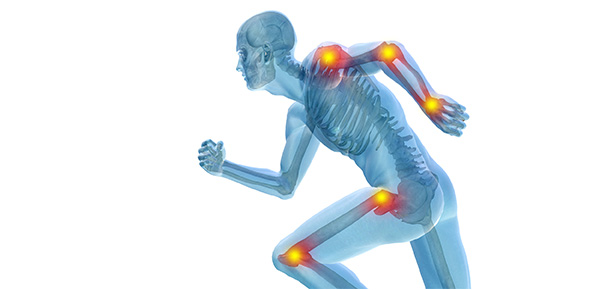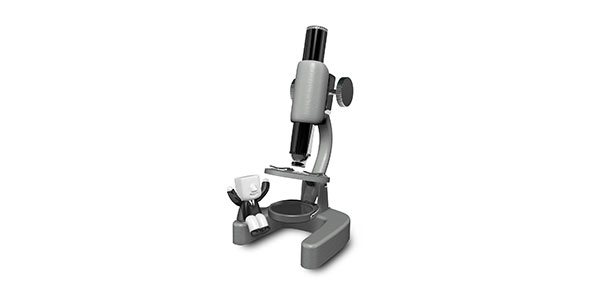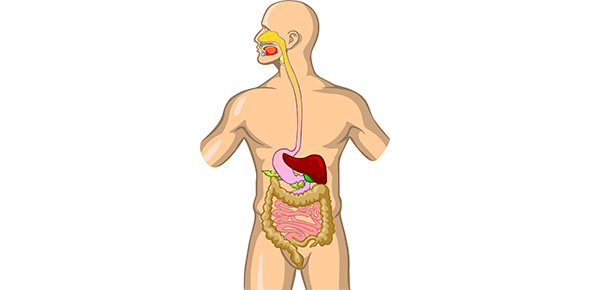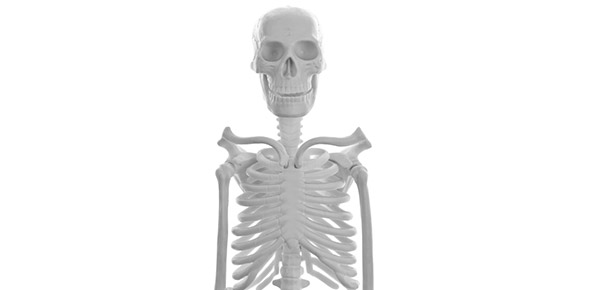Related Flashcards
Related Topics
Cards In This Set
| Front | Back |
|
Explain the relationship between joint mobility and joint strength.
|
–Joint strength decreases as mobility increases
|
|
Structural Articulations
|
–Fibrous joints
Dense Regular Connective Tissue –Cartilaginous joints Cartilage –Synovial joints Fluid filled joint cavity |
|
Fuctional Articulations
|
–Synarthroses—immovable joints
–Amphiarthroses—slightly movable joints
–Diarthroses—freely movable joints
|
|
Sutures
|
Fibrous Joints
•Rigid, interlocking joints •Immovable joints for protection of brain •Contain short connective tissue fibers •Allow for growth during youth •In middle age, sutures ossify and fuse –Called Synostoses |
|
Gomphoses
|
Fibrous Joints
-Membranes that hold tooth in the Jaw -example tooth in aveoli |
|
Sychondrosis
|
Catilaginous Joint
•Bar/plate of hyaline cartilage unites bones e.g., –Temporary epiphyseal plate joints •Become synostoses after plate closure –Cartilage of 1st rib with manubrium •~ All are synarthrotic |
|
Synotosis
|
A union between adjacent bones or parts of a single bone formed by osseous material
ex: fusion of cranial bones to make the skull |
|
Name the four major sutures found in the skull. Name the fontanels.
|
-Occipital, Parietal, Temporal, Frontal
-•Anterior Fontanelle –Frontal, sagittal, and coronal sutures •Occipital Fontanelle –Lambdoid and sagittal sutures •Sphenoidal Fontanelles –Squamous and coronal sutures •Mastoid Fontanelles –Squamous and lambdoid sutures |
|
Describe the structure and function of fontanels. Name the two major fontanels thatare present at birth.
|
•Fontanelles
–Are areas of fibrous connective tissue (soft spots)
–Cover unfused sutures in the infant skull
–Allow the skull to flex during birth
-Two frontal bones and Four occipital bones |
|
Describe the structure of an intervertebral disc.
|
•Intervertebral Discs
–Pads of fibrocartilage –Separate vertebral bodies –Anulus fibrosus •Tough outer layer •Attaches disc to vertebrae –Nucleus pulposus •Elastic, gelatinous core •Absorbs shocks |
|
Describe the structure of an intervertebral disc.
|
•Intervertebral Discs
–Pads of fibrocartilage –Separate vertebral bodies –Anulus fibrosus •Tough outer layer •Attaches disc to vertebrae –Nucleus pulposus •Elastic, gelatinous core •Absorbs shocks |
|
Explain how a slipped disc and a herniated disc can occur.
|
–Slipped disc
•Bulge in anulus fibrosus
•Invades vertebral canal
–Herniated disc
•Nucleus pulposus breaks through anulus fibrosus
•Presses on spinal cord or nerves and compresses
-may cause pain or numbness |
|
Name the four curvatures found in the vertebral column. Name which curvatures are primary and seconday. Explain the difference between a primary and secondary curvature and indicate why they occur.
|
Primary Curves develope before birth, and seconday curves after birth
-Primary Curves Thoracic curve: Accommodates the thoracic organs Sacral curve: Accommodates the abdominopelvic organs Secondary Curves Cervical Curve: develops as the infant learns to balance the weight of the head on the vertebrae of the neck Lumbar Curve: balances the weight of the trunk over the lower limbs; develops with the ability to stand |
|
Define amphiarthoric joint
|
A joint permitting little motion, the opposed surfaces being connected by fibrocartilage, as between vertebrae.
|
|
Symphysis
|
Amphiathroic joint
•Fibrocartilage unites bone –Hyaline cartilage present as articular cartilage •Strong, flexible amphiarthroses Ex: Fibrocartilaginous intervertebral disc Pubic symphysis (between the two hip bones) |








